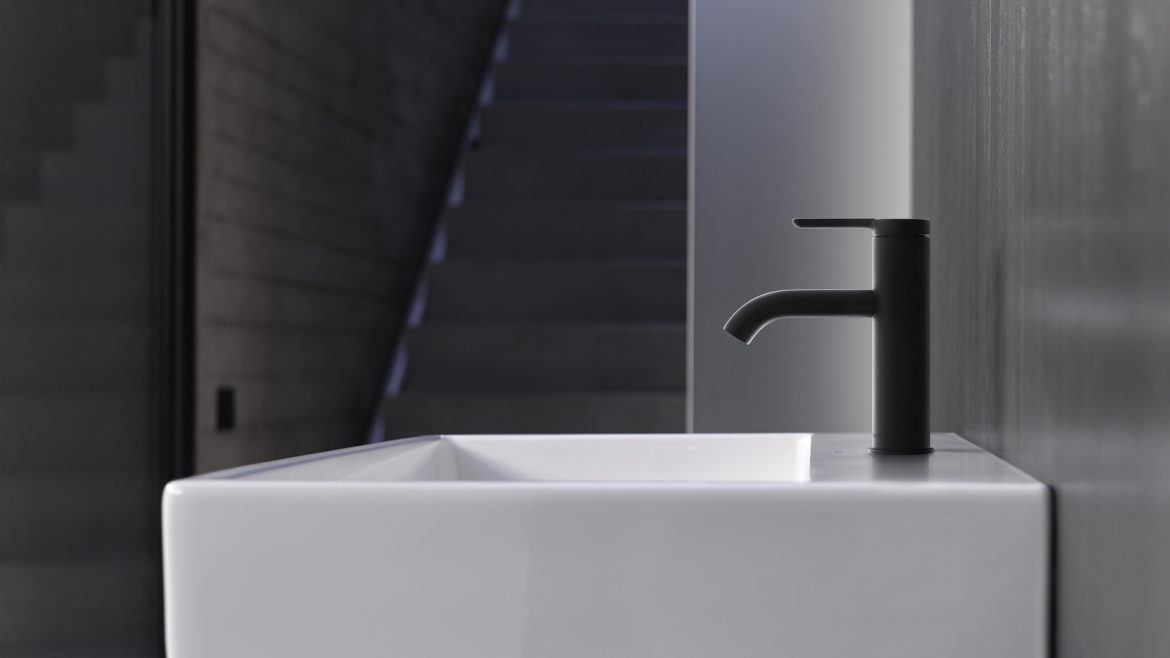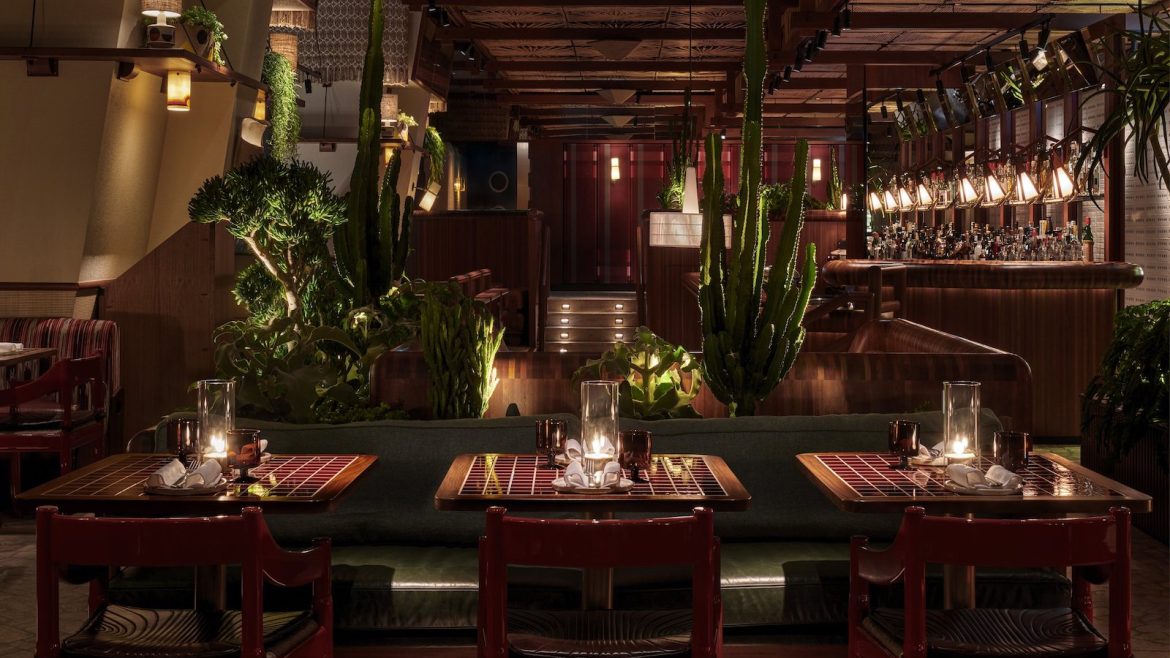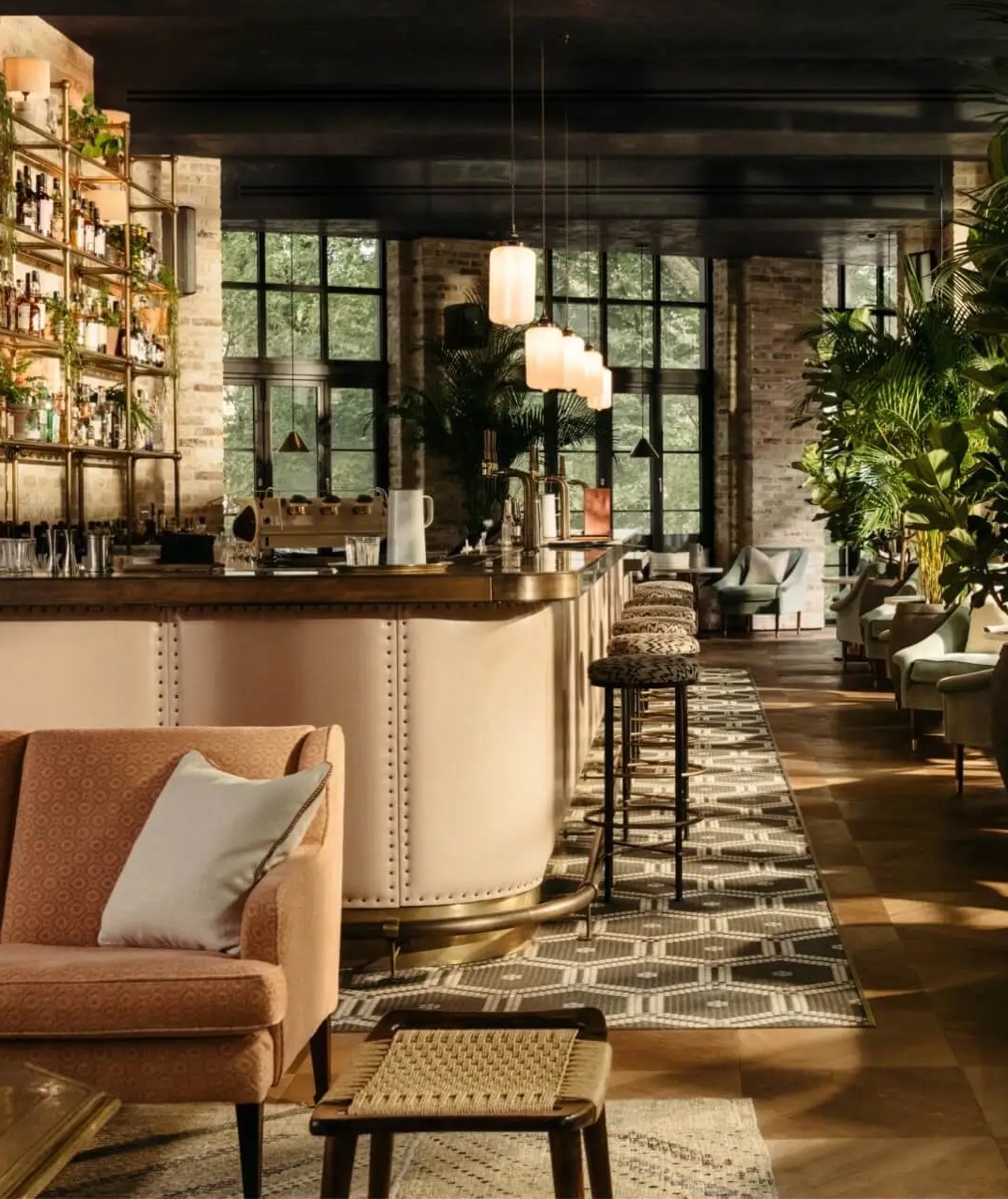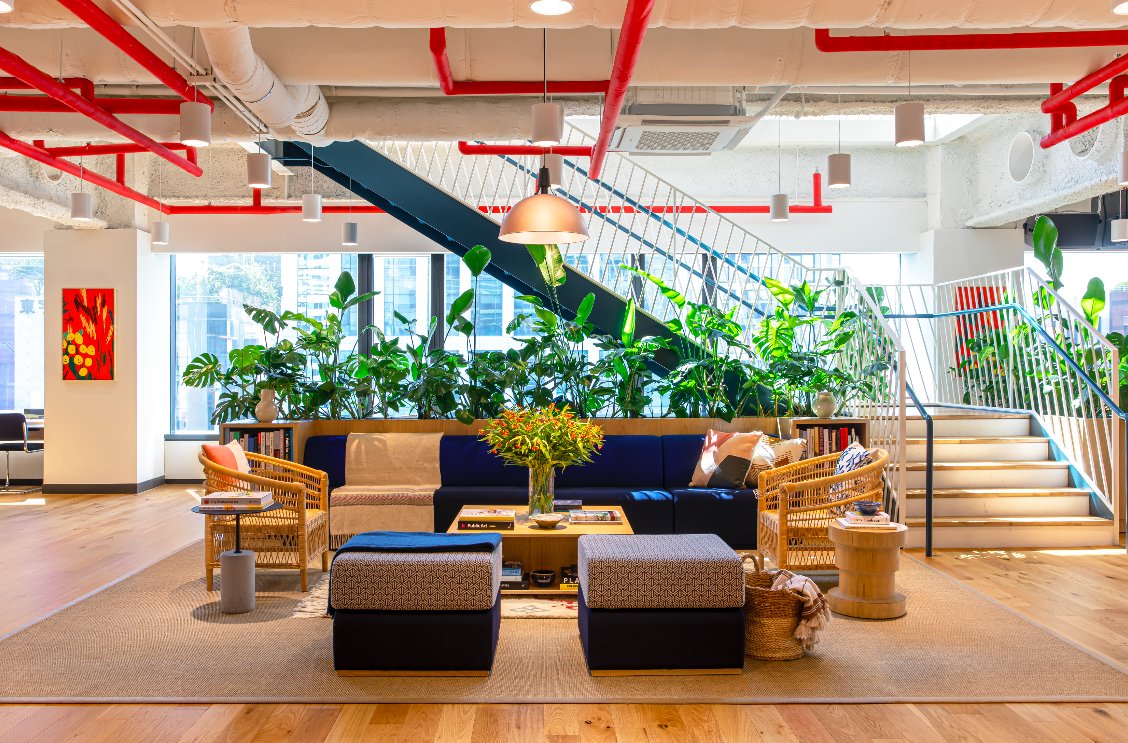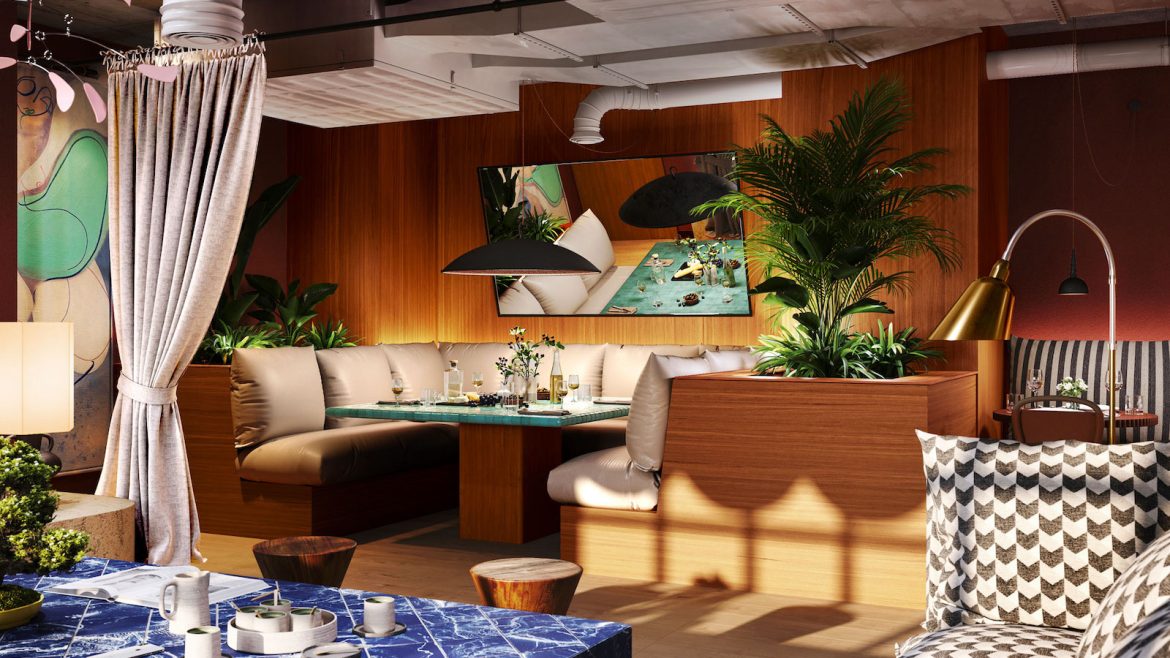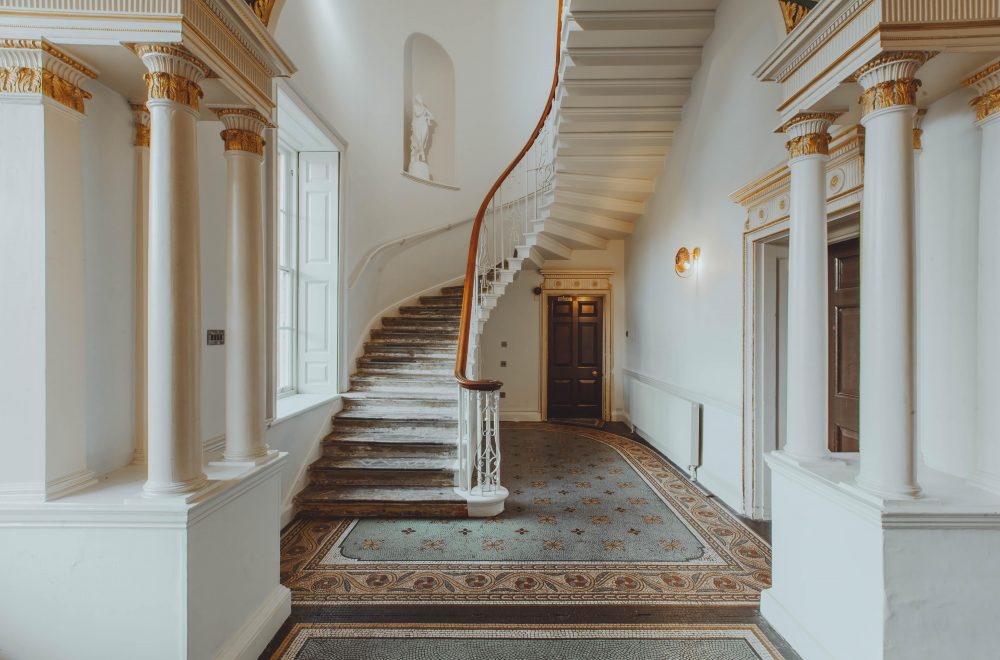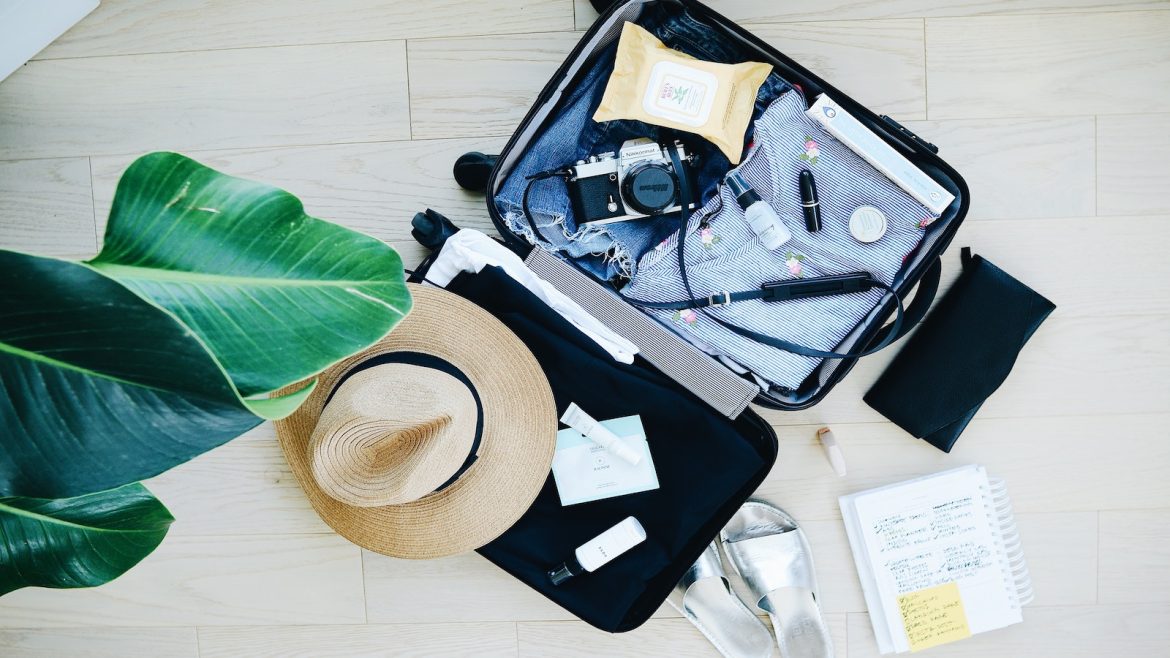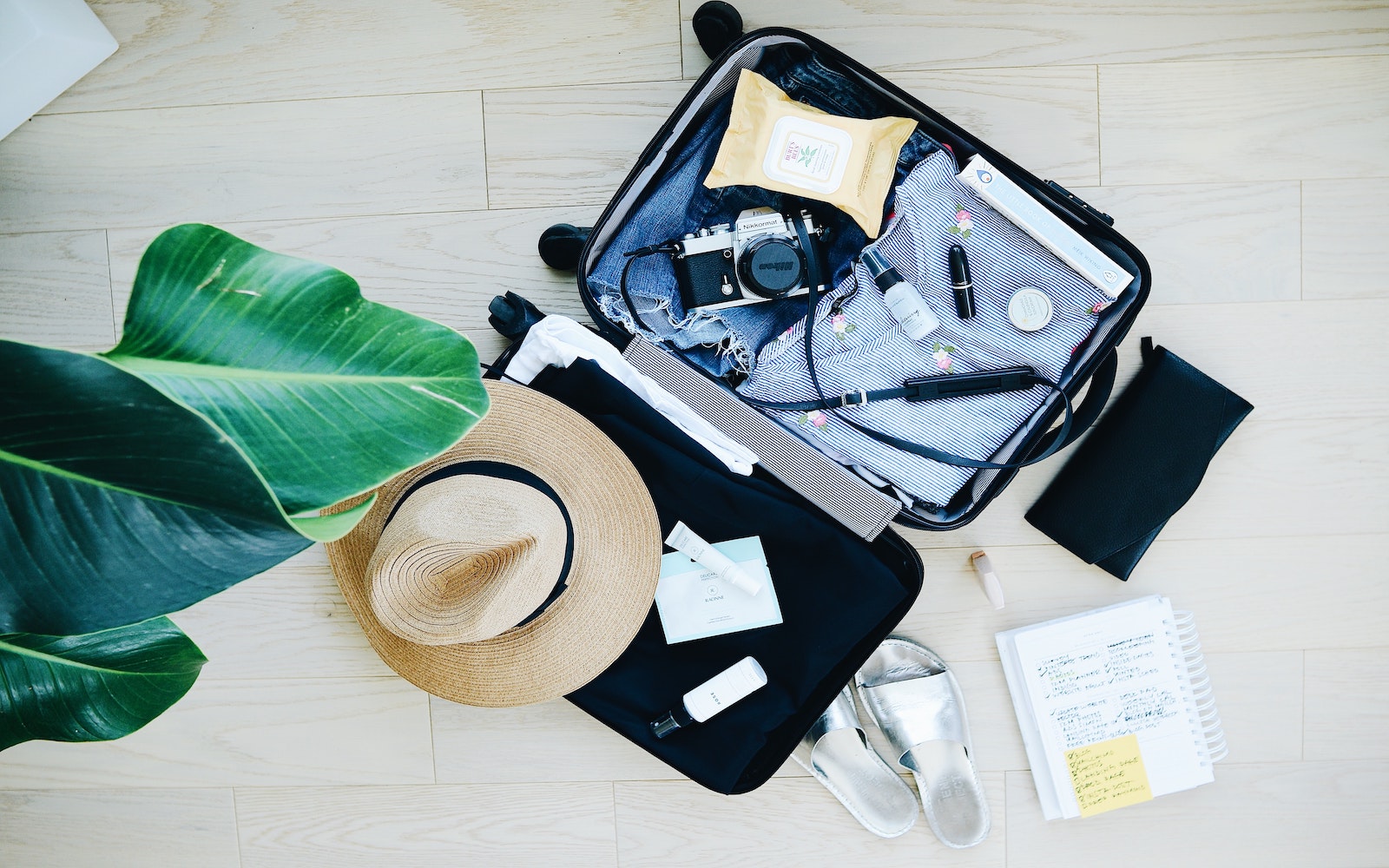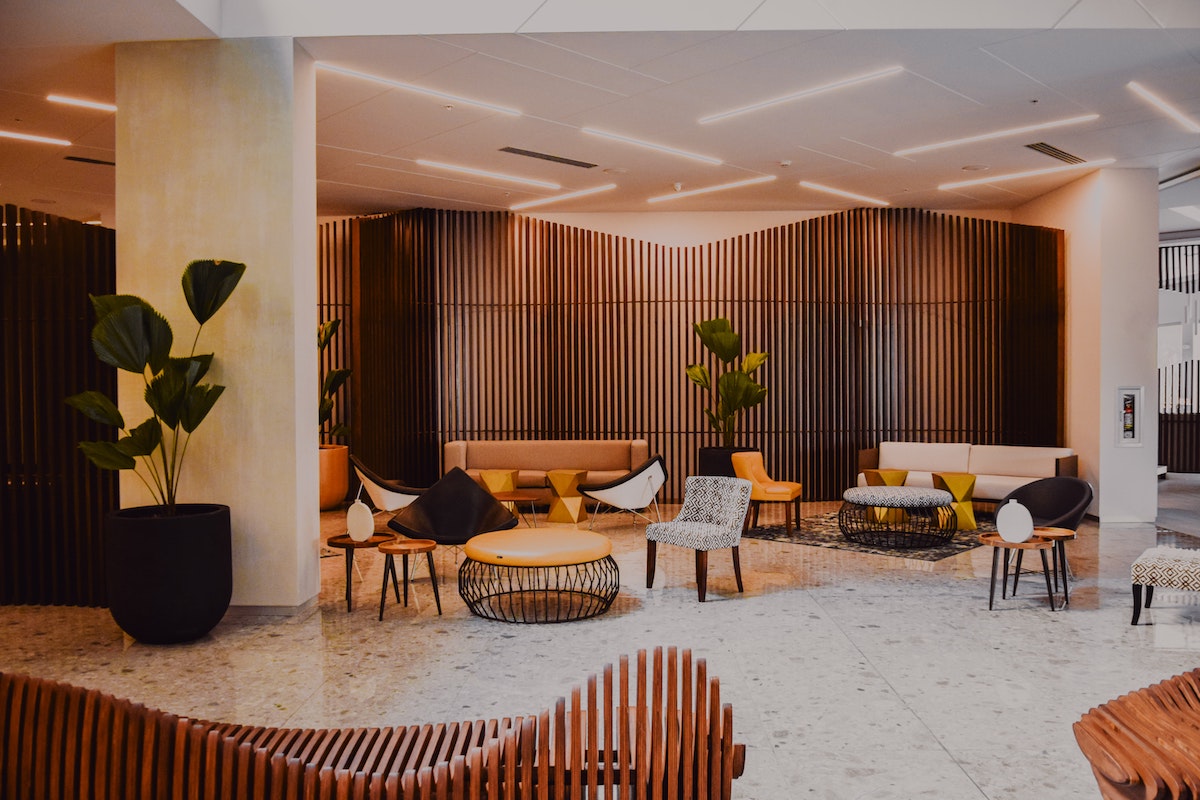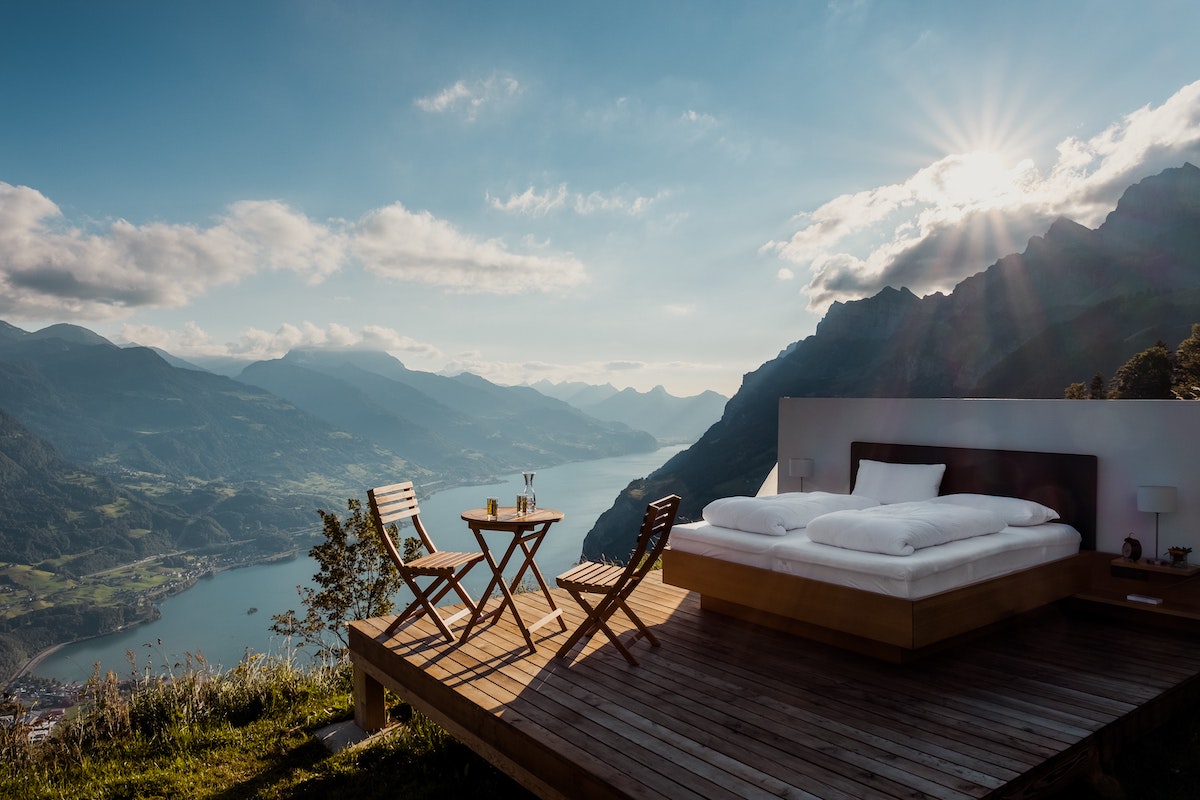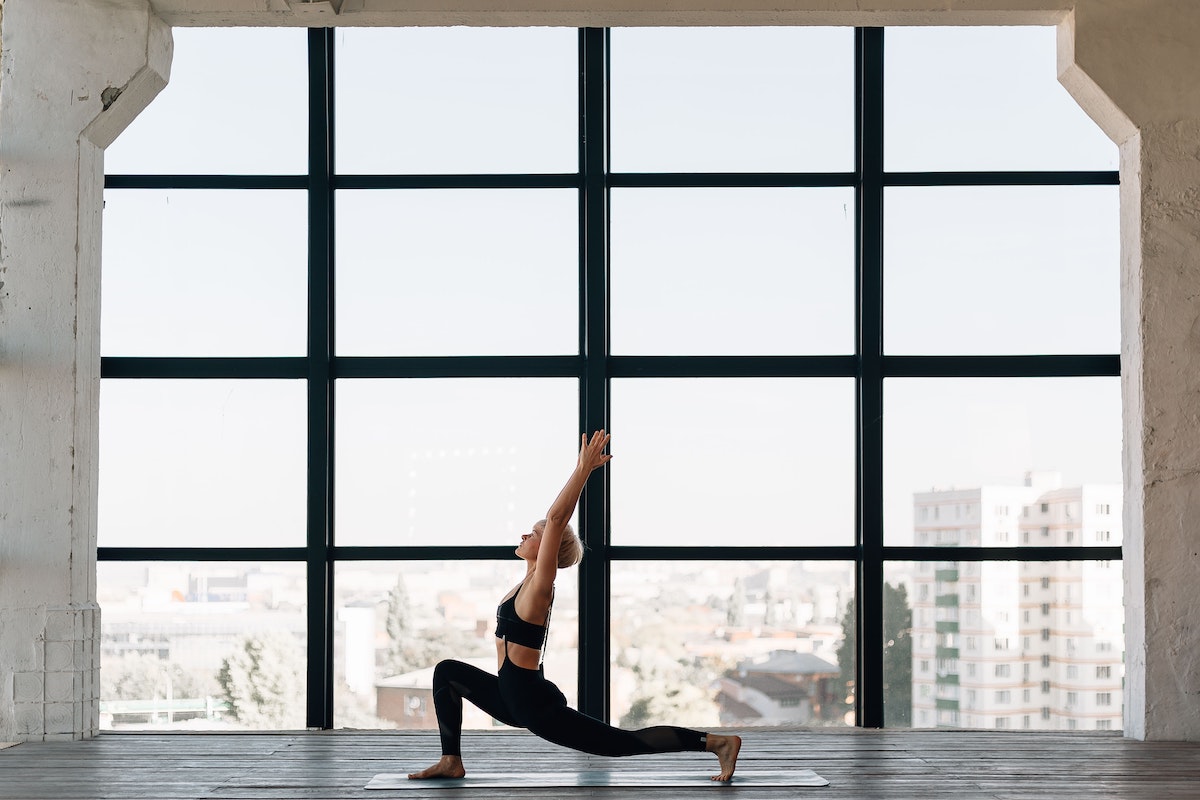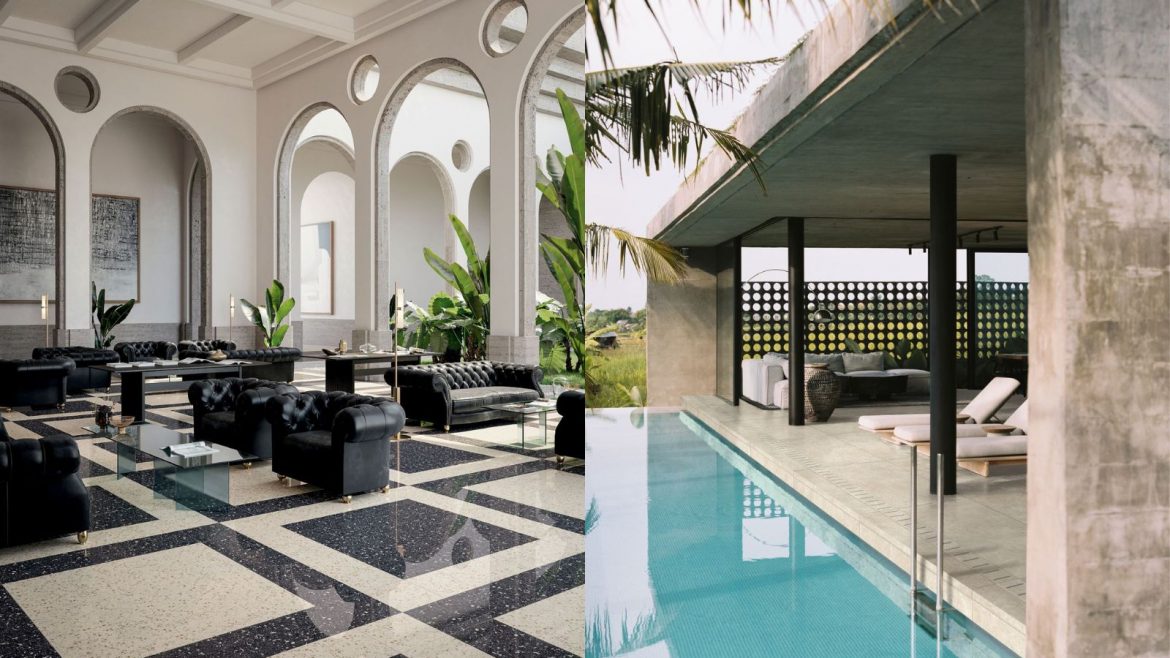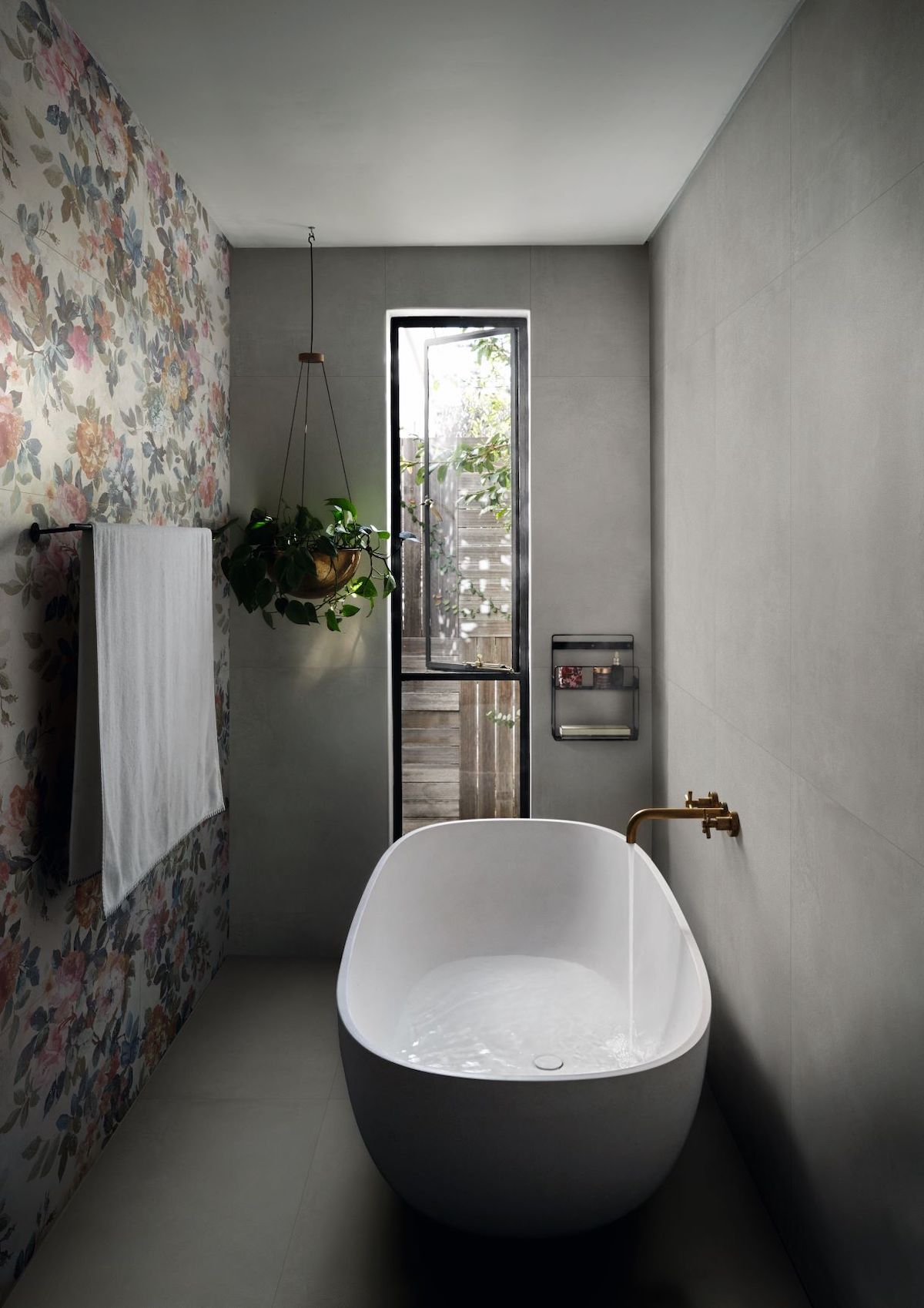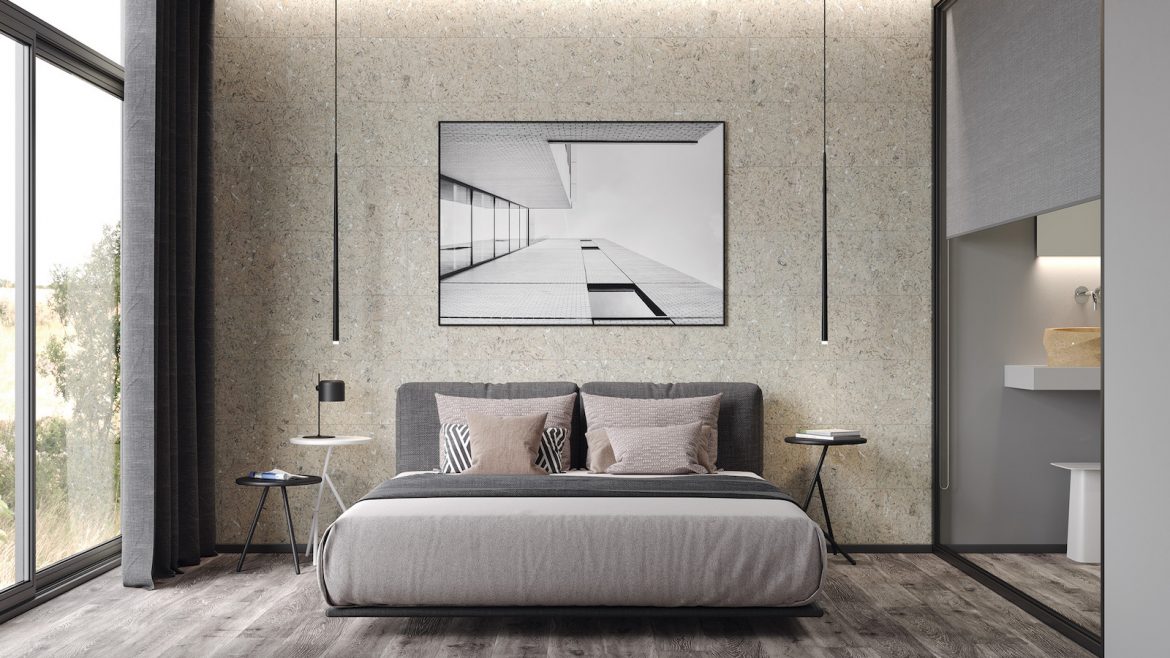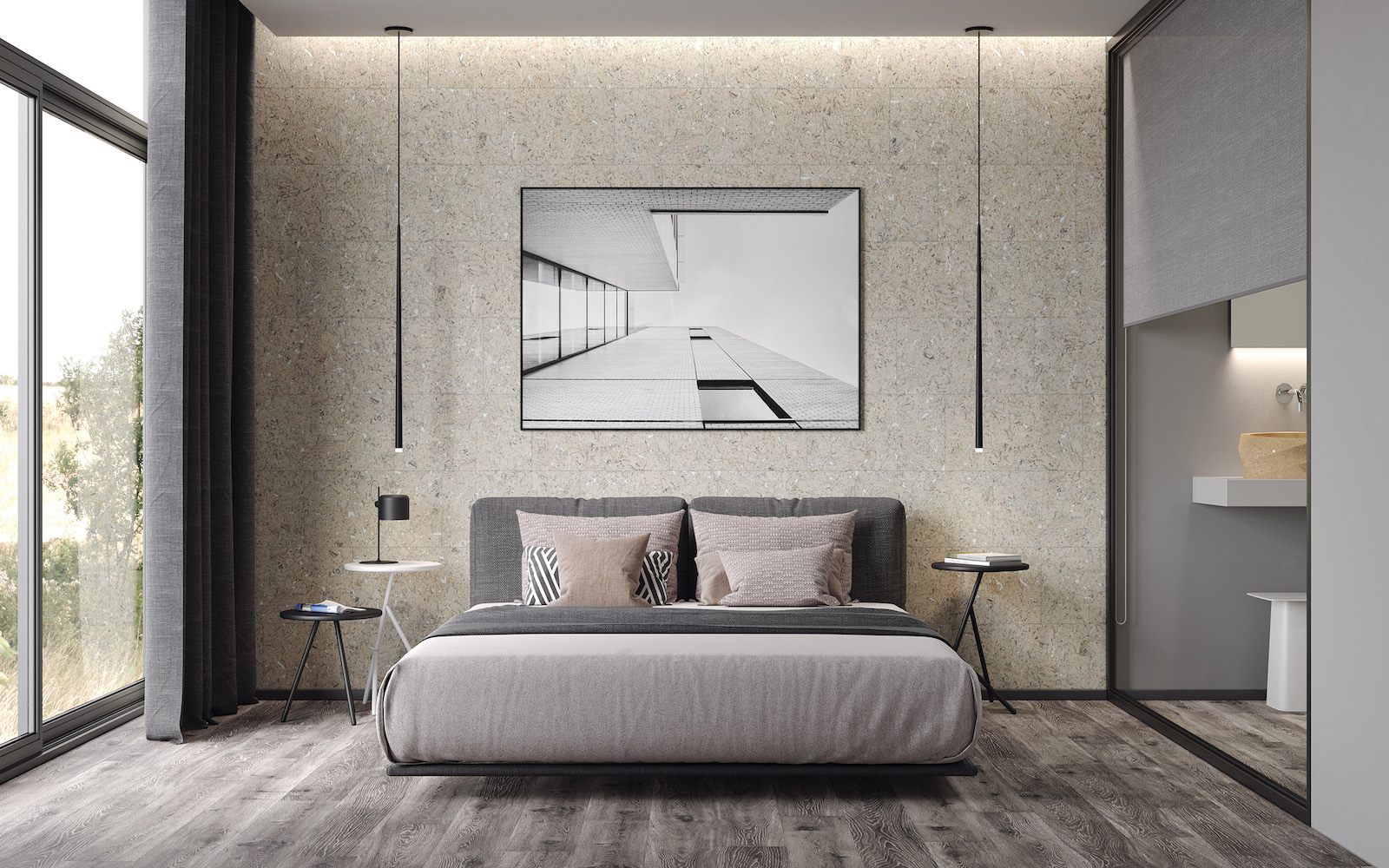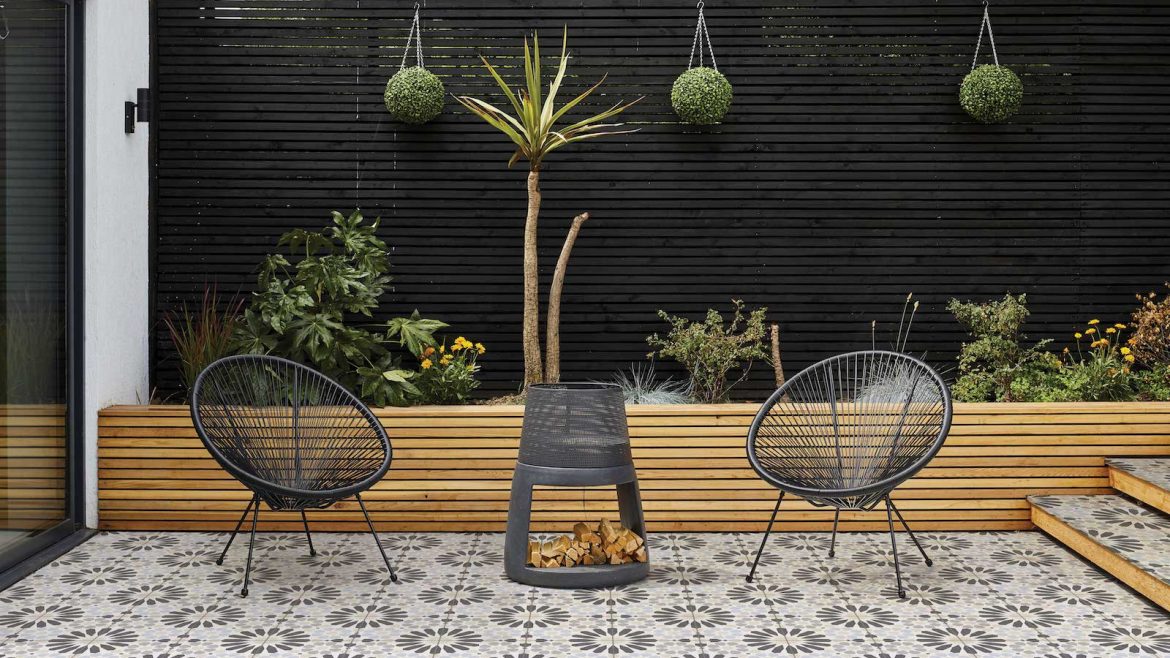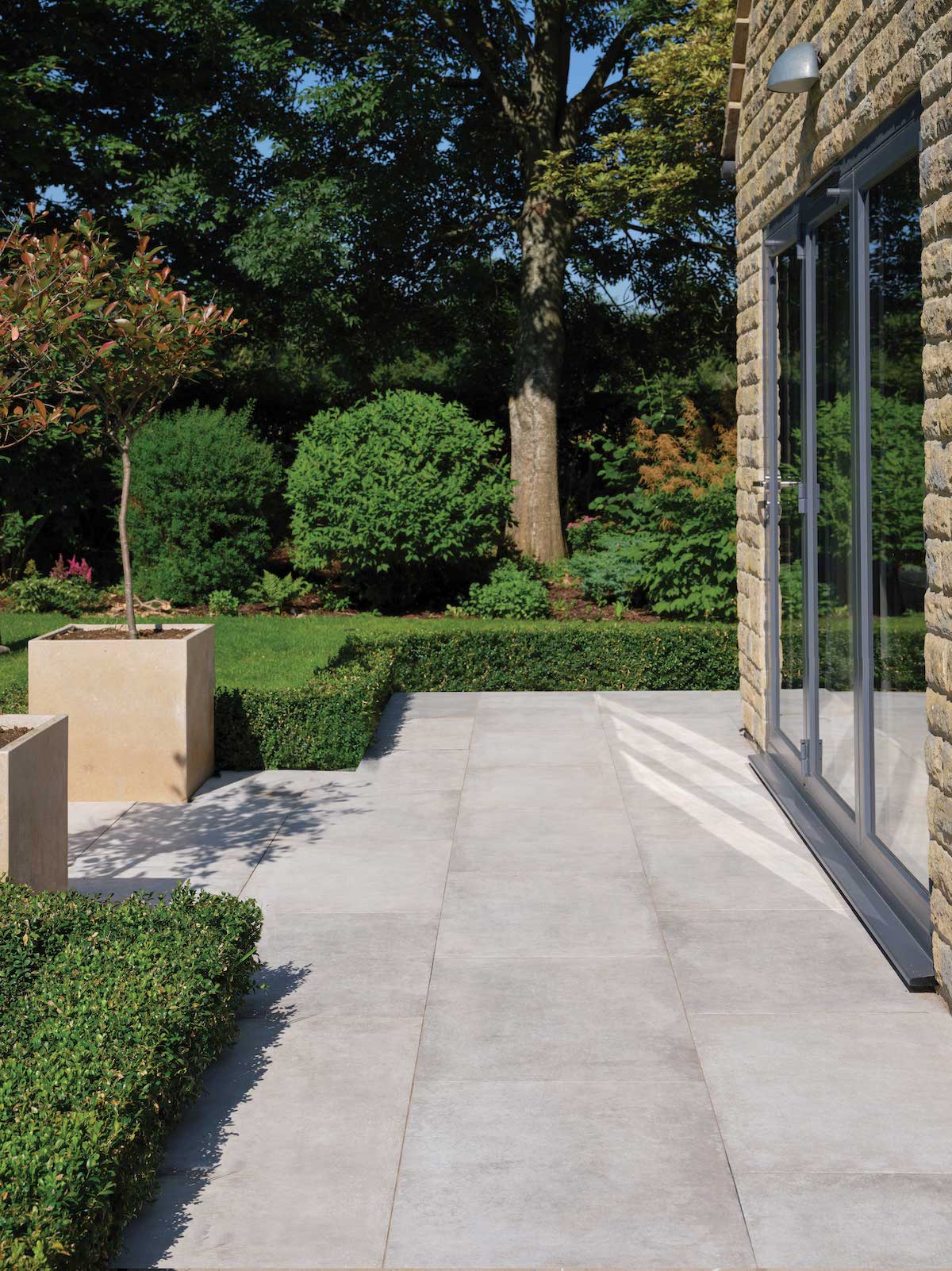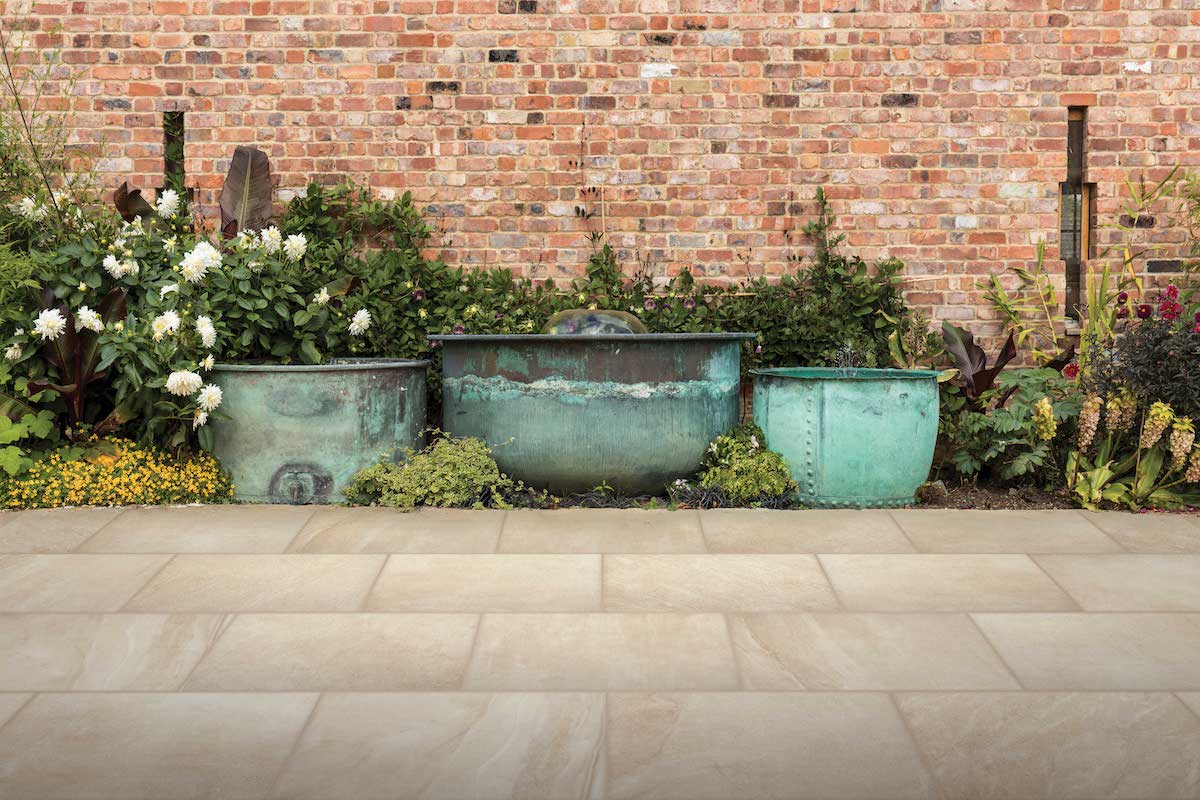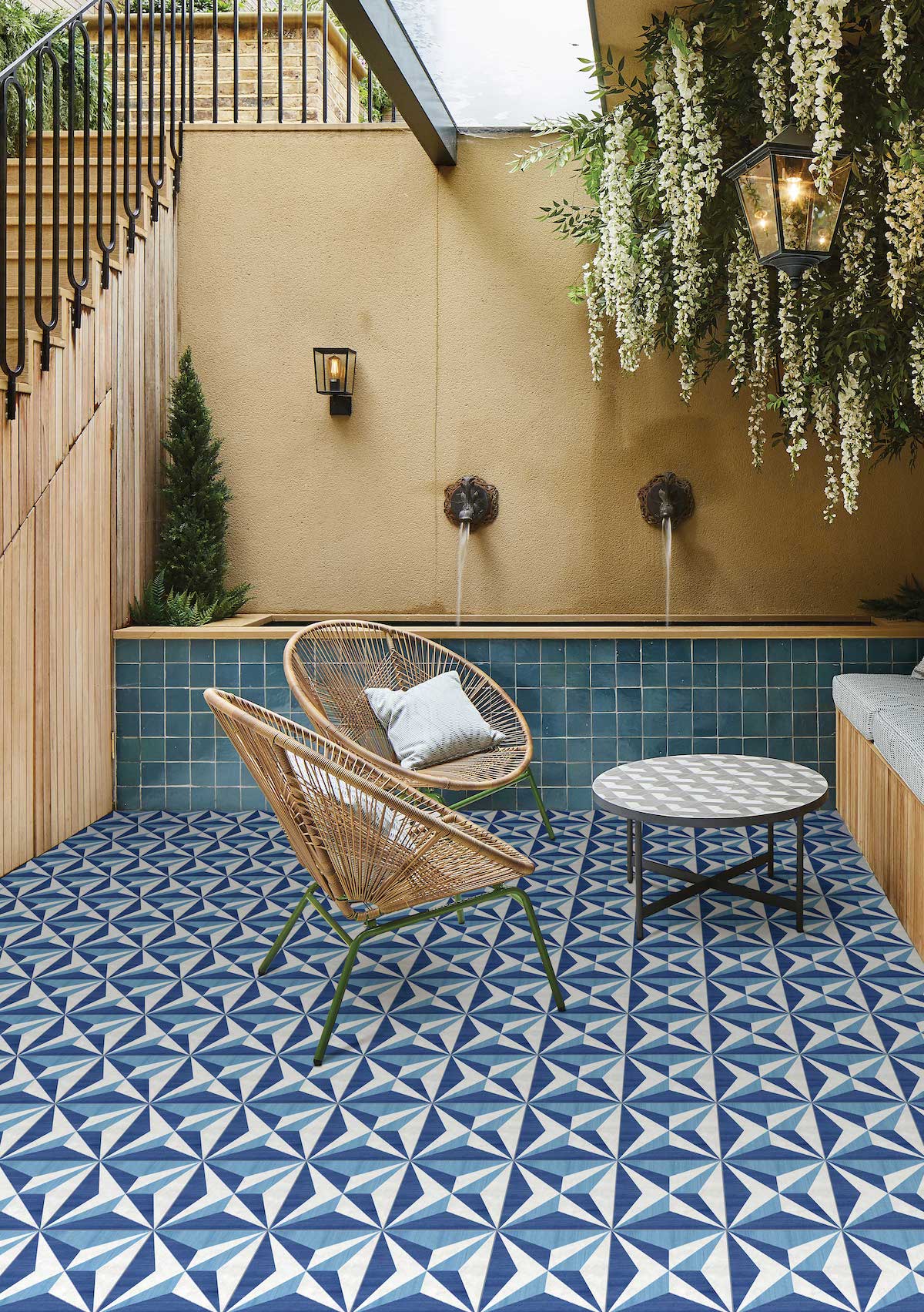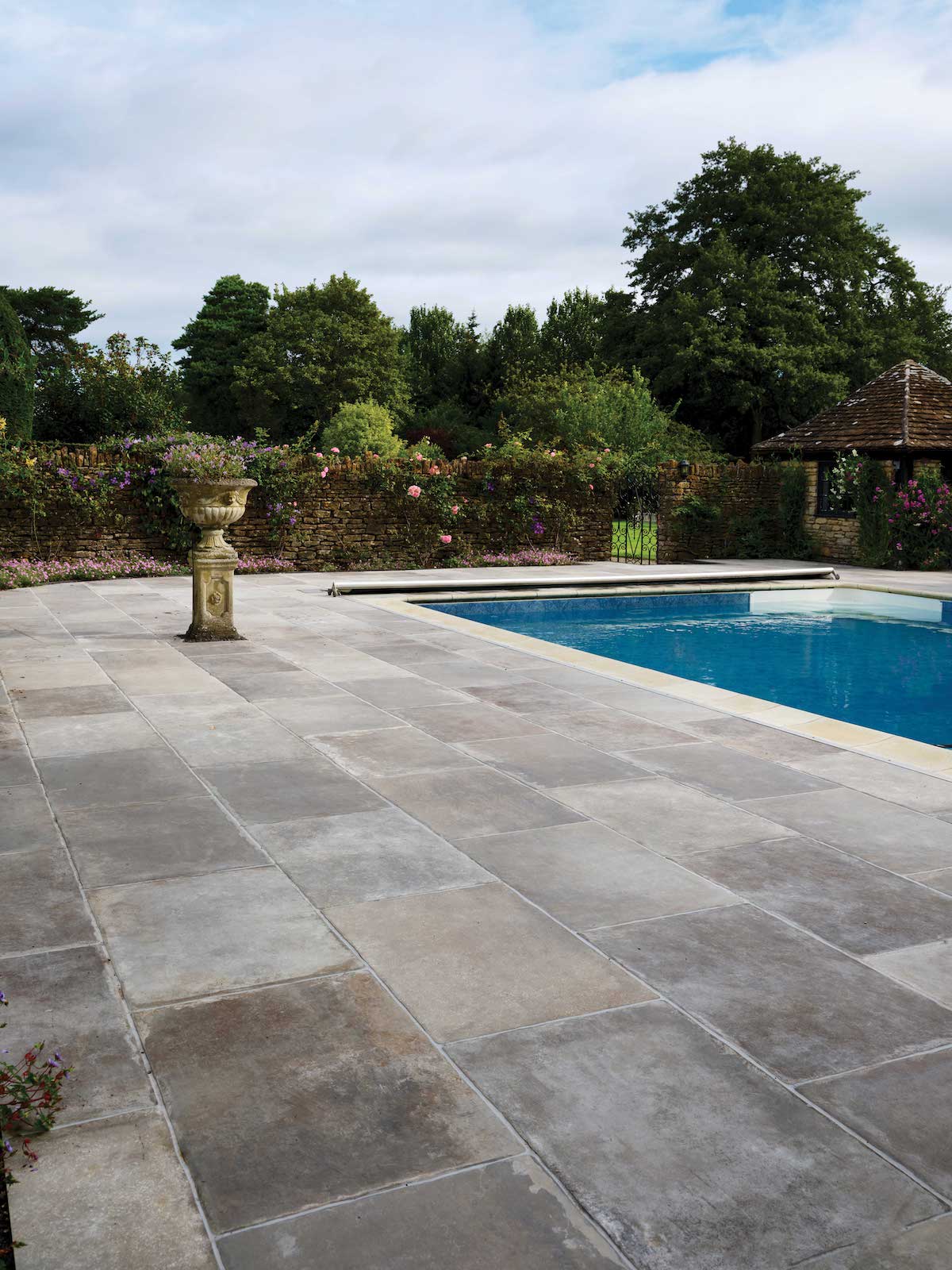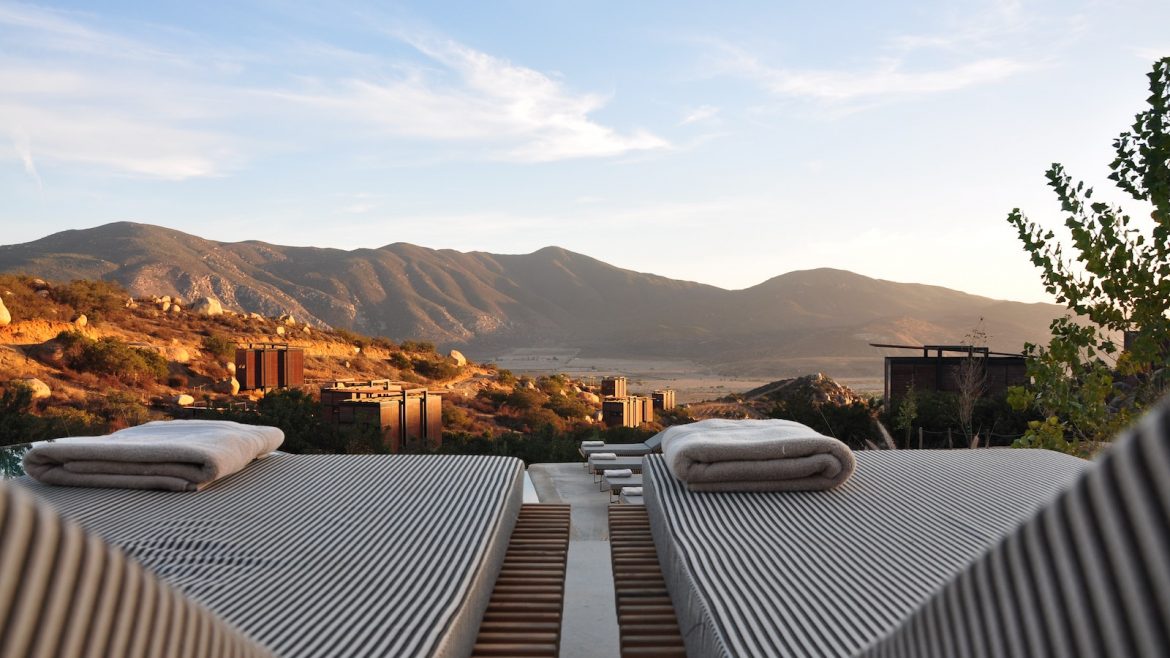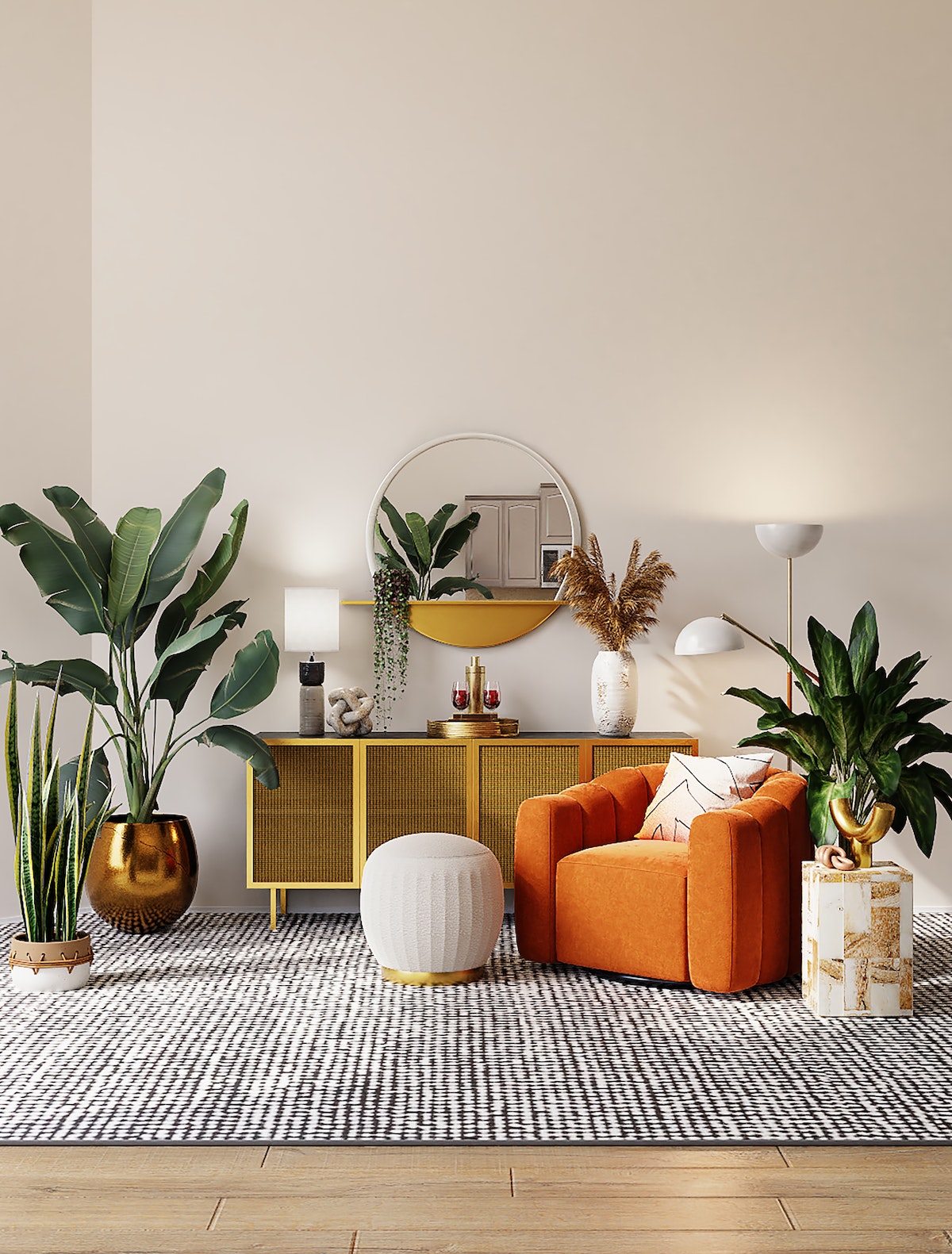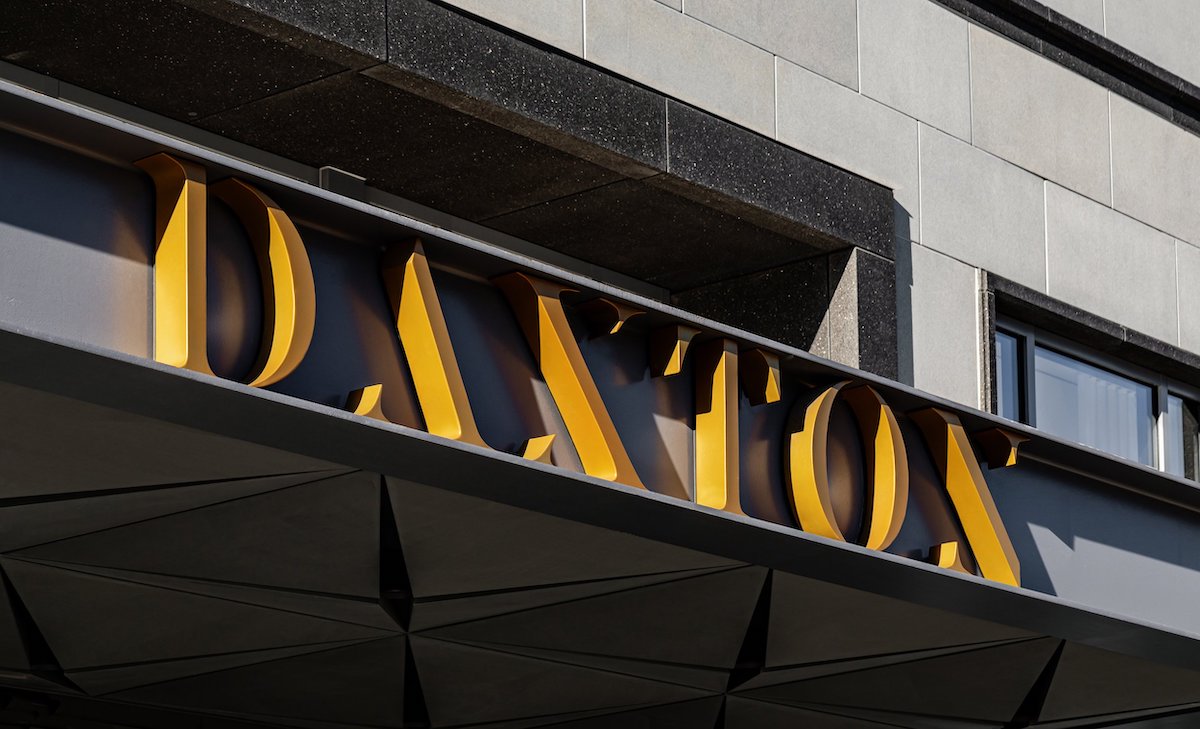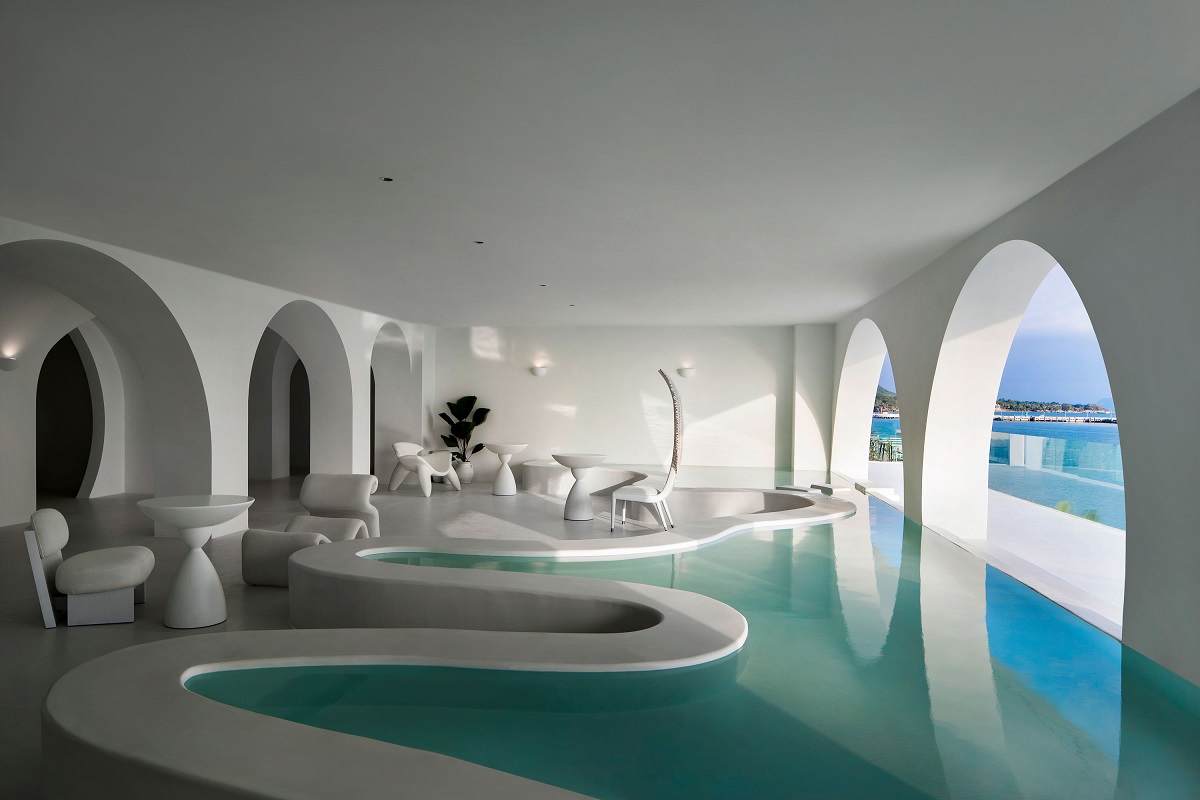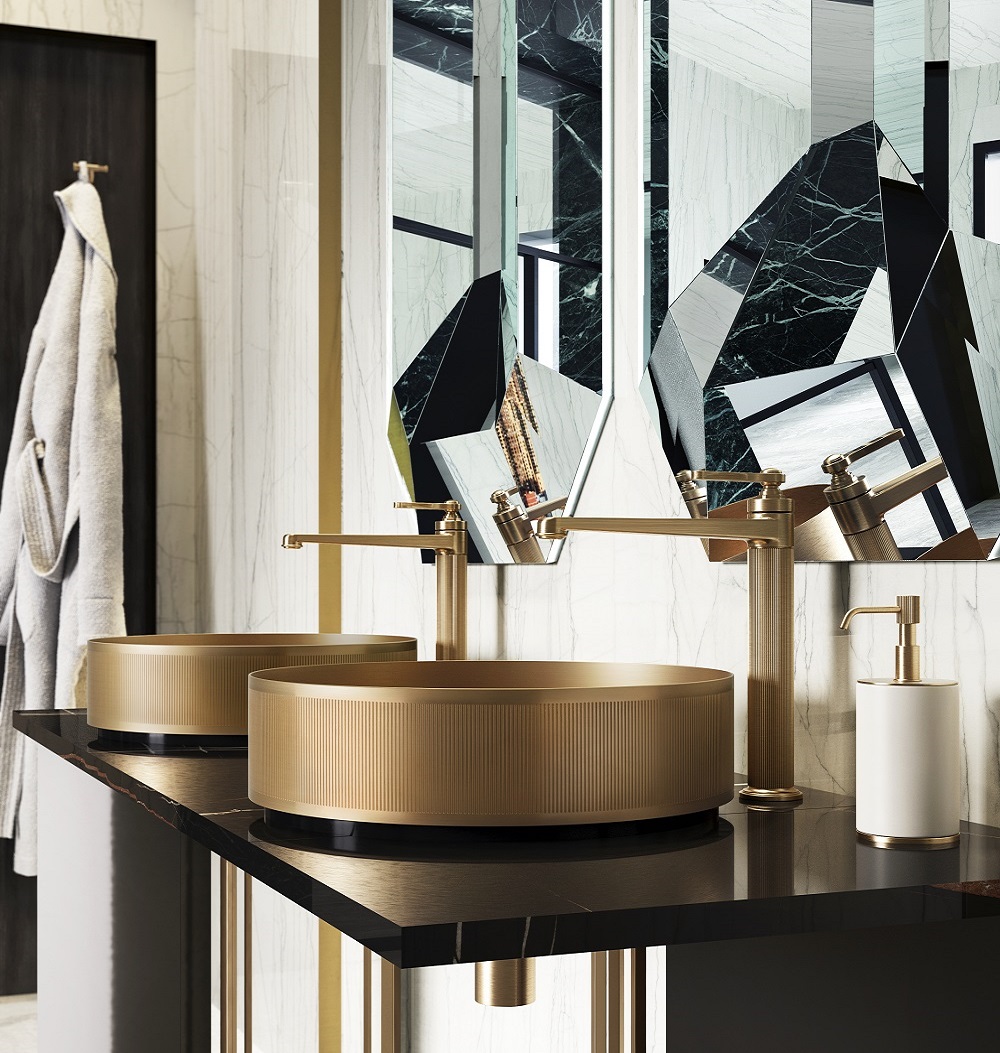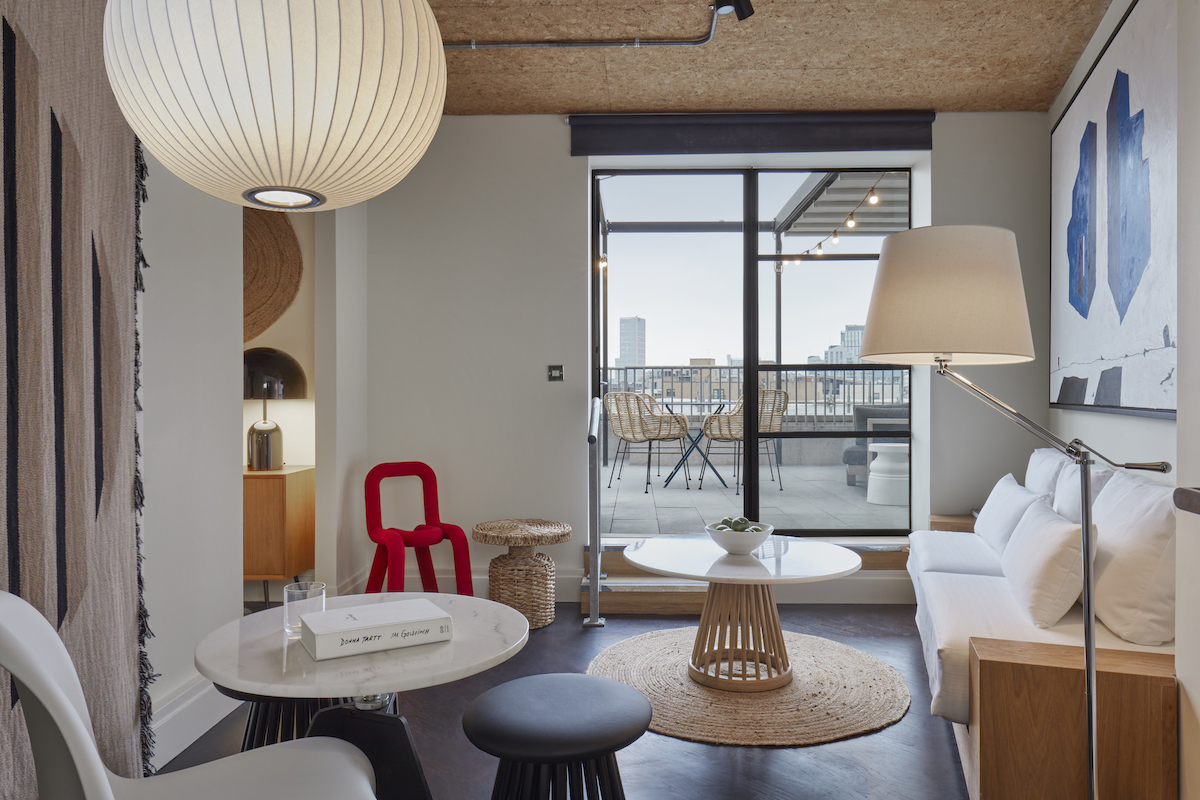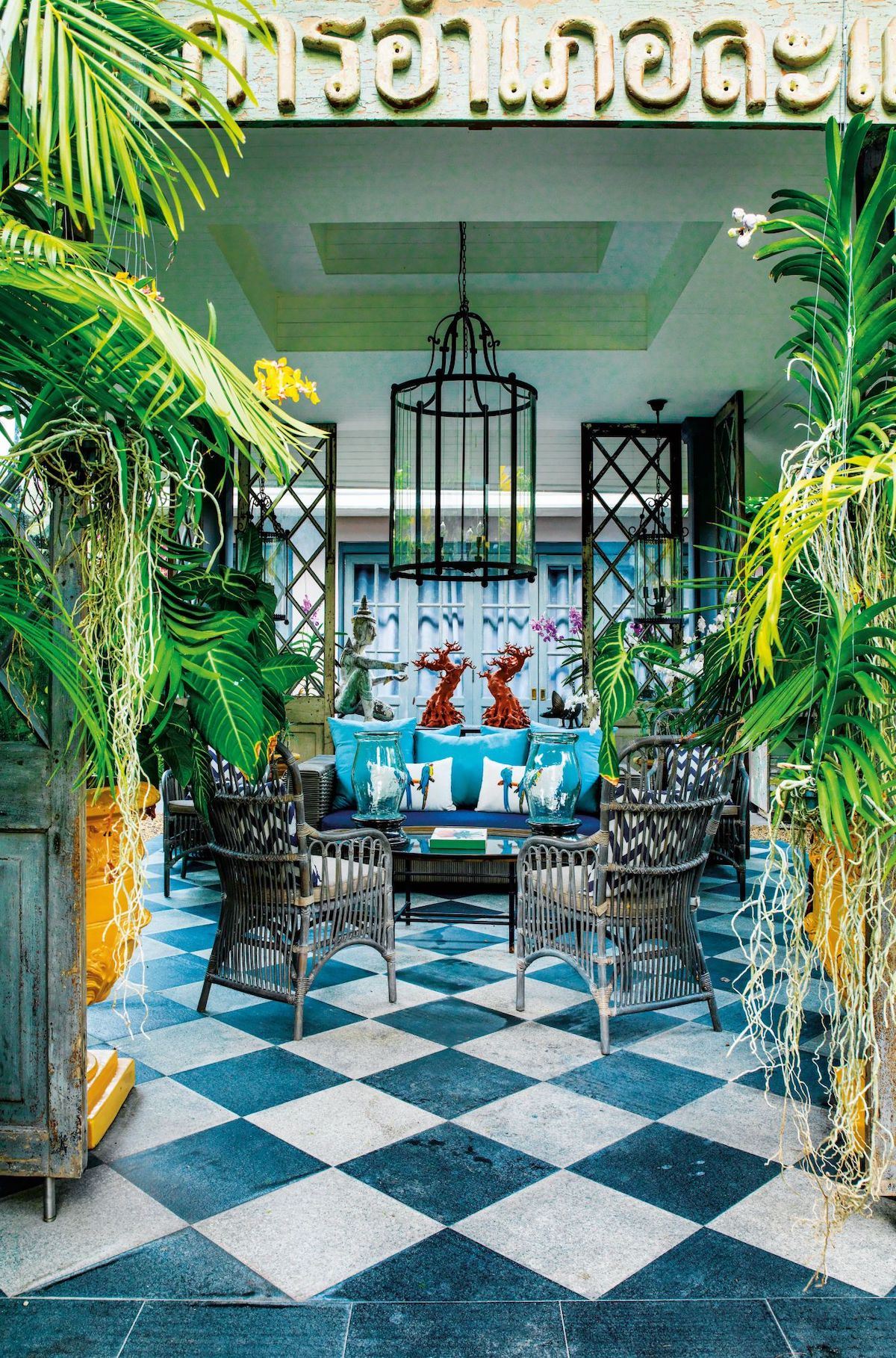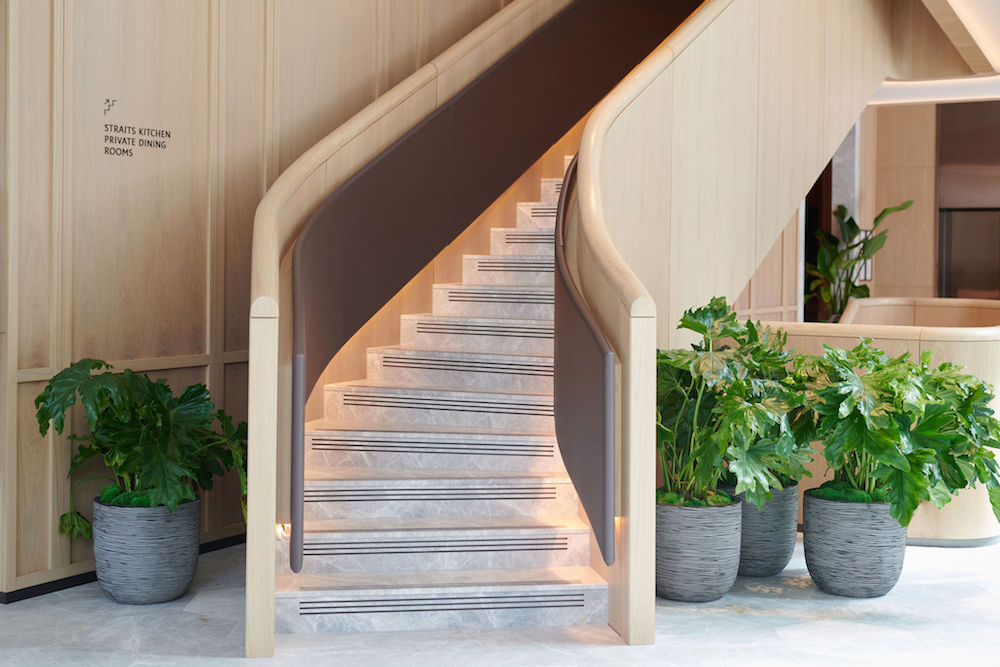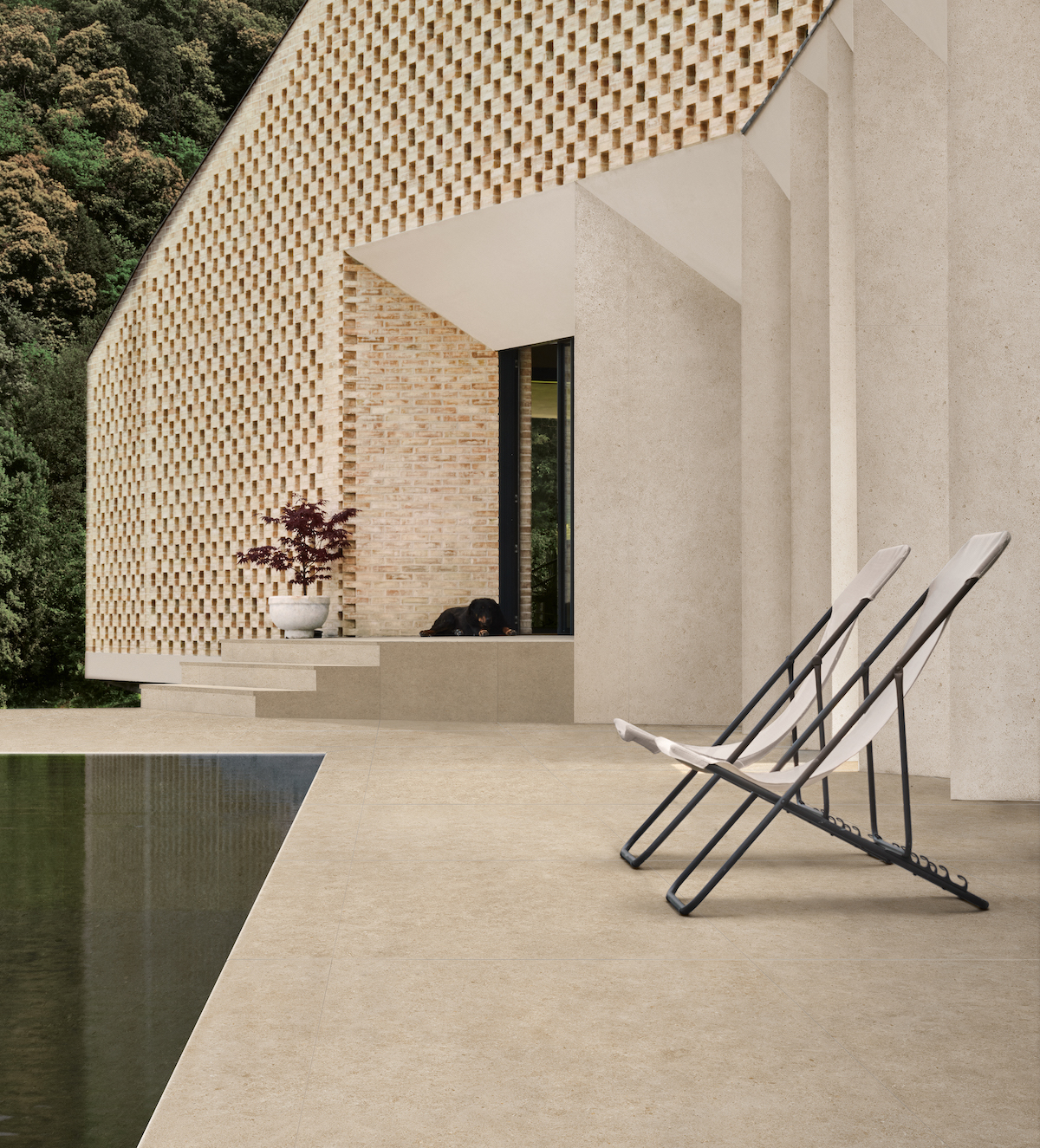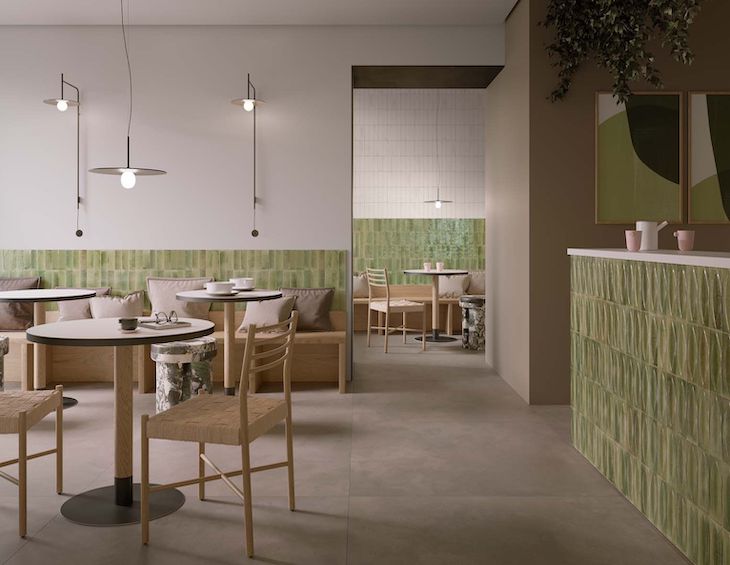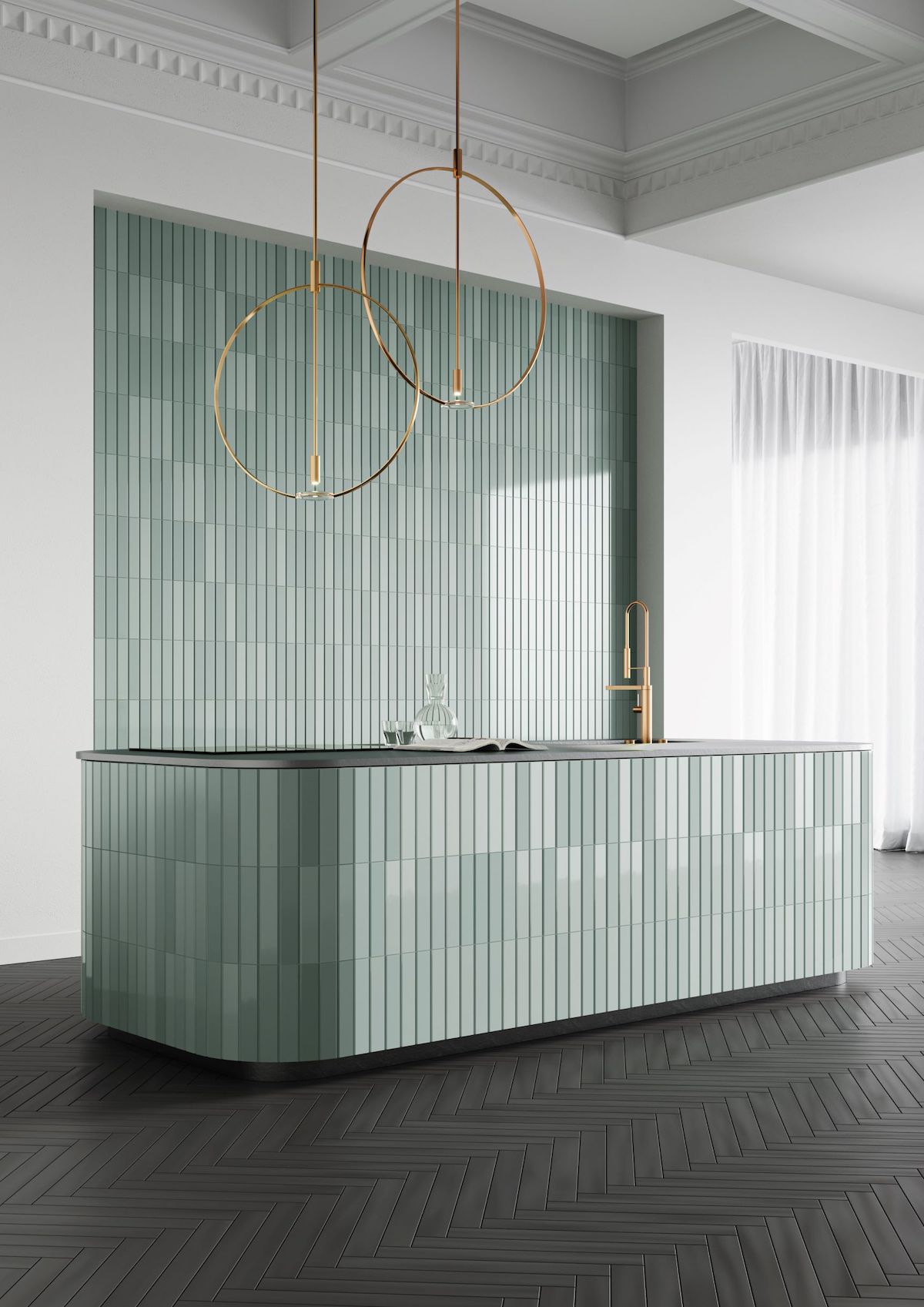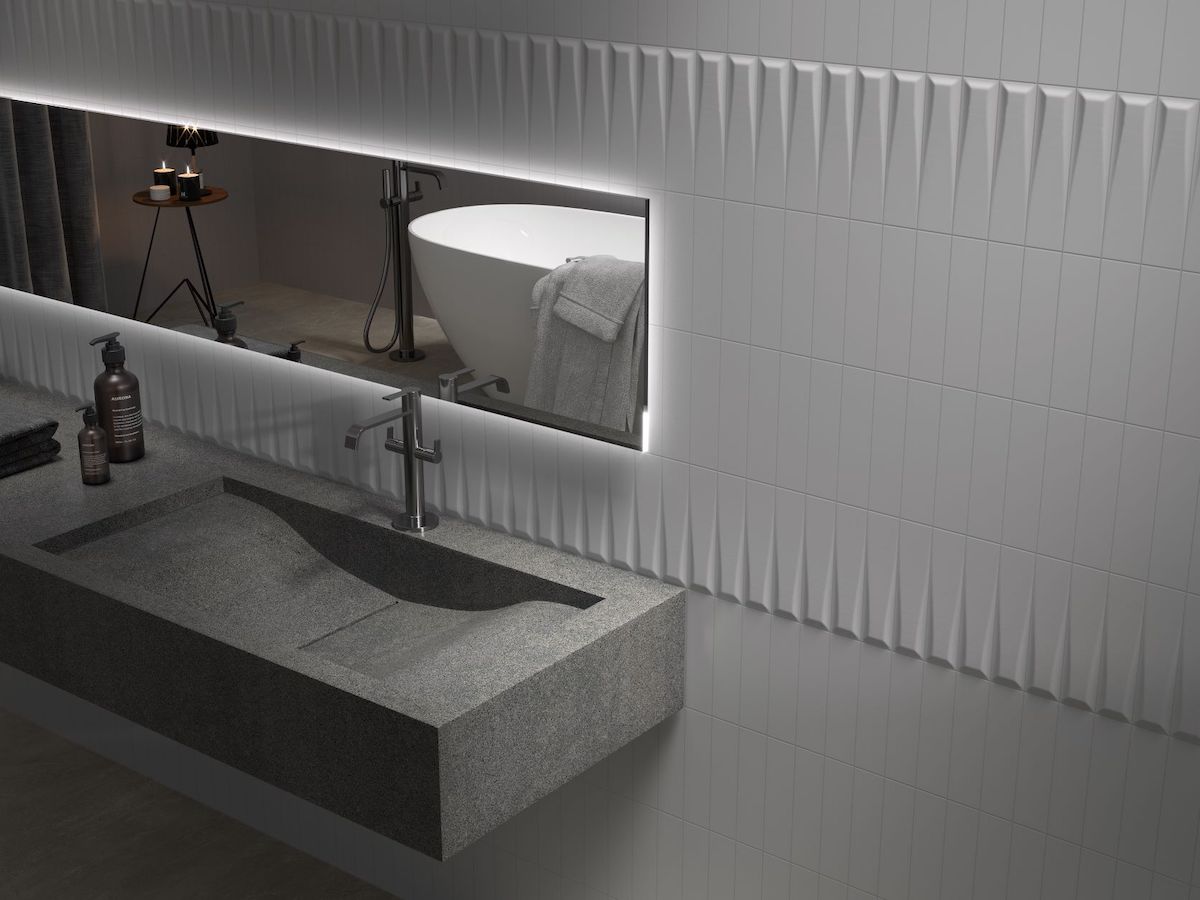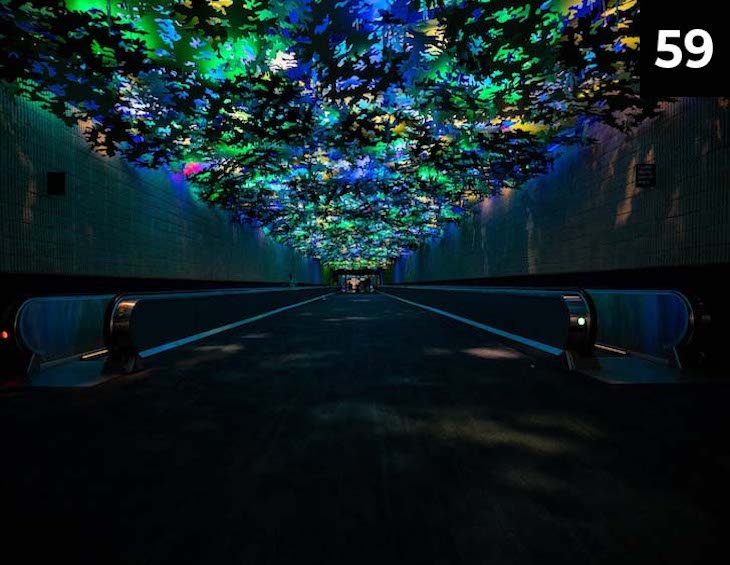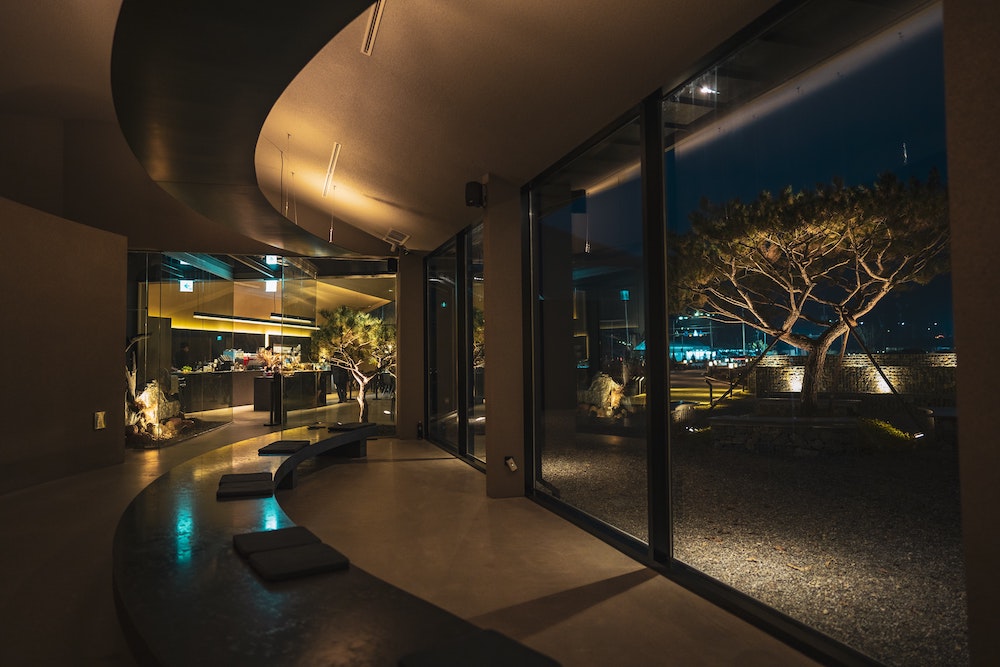Part 70: bathroom taps – things to consider when specifying
https://hoteldesigns.net/wp-content/uploads/2022/10/Black-matte-tap-in-modern-bathroom-1024x640.jpg 1024 640 Hamish Kilburn Hamish Kilburn https://secure.gravatar.com/avatar/81d2884aeeac3c45e38c47cacc508c2178bab773320ff2d6a83bdcc803d93aec?s=96&d=mm&r=gBeyond aesthetic qualities, there’s a lot to consider when specifying bathroom taps – more than you perhaps realise. To help us make sense of bathroom tap specification, the team at Duravit is here to give us a breakdown of what to prioritise – from water consumption to colour and texture…
Various decisions need to be taken before buying bathroom taps as the variety of ranges is wide. They differ mainly in terms of design, function, and price, however, aspects such as durability and the economical usage of water and energy are becoming increasingly important.
Timeless modern versatility of design
Decisions on the installation of a new bathroom are primarily based on aesthetics, but it is worth noting that a bathroom tends to remain for around 15 years. Modern design is deeply rooted in Duravit’s DNA – product management, the internal development team, an international supplier network as well as external designers such as Philippe Starck, Kurt Merki Jr., Matteo Thun & Antonio Rodriguez and Bertrand Lejoly collaborate to develop taps and shower sprays. Duravit offers a wide range of design variants for differing styles and holistic bathroom design. There is something for every budget, at a consistently high design quality, and with the durable, easy-to-clean surface options Chrome and Black Matt.

Image credit: Duravit
Tap applications for the whole bathroom
Duravit offers single-lever mixers in a range of sizes (S–XL) with an optimum height for all washbasins, from handrinse basins through washbowls. As a complete bathroom supplier, Duravit aspires to offer something for every part of the bathroom: from the washbasin through the shower and bathtub, as surface-mounted and flush-mounted versions.
The Duravit BlueBox®, a universal installation system for a range of tap designs (lever mixers or thermostats), is used for concealed installation. This allows the design decision to be taken even after the basic set has been installed.
Matching range of shower sprays
Shower sprays are the perfect addition in every area – whether in the shower or on the bathtub.Duravit’s optimized range of shower sprays offers something for everyone. Hand showers and showerheads are available from a range of price points and feature different spray modes and surfaces. Functions such as EasyClean for ease of cleaning or the Click! technology for changing spray mode at the push of a button enhance convenience and comfort. A range of designs, from the classic, wide-diameter hand shower through the minimalistic hand shower wand with a cylindrical or square design also guarantee that the optics will be just perfect.
As practical all-in-one-solutions, the shower systems work as a single-lever or thermostat variant and are ideal for renovation work as they do not require complex in-wall work.

Image credit: Duravit
Comfortable operation
Ergonomically designed handles that feel pleasant in the hand are a key feature in designing faucets that are comfortable and easy to use. This enables water quantity and temperature to be set exactly. Thermostat faucets for the shower and bathtub are available as an alternative to single-lever mixers: the advantage of these is that they can be set to the desired temperature, which ensures constant water temperature and irons out fluctuations in pressure.
Sustainable economy functions
The Duravit taps and shower sprays use intelligent technologies to offer concrete economic benefits. In the centre position, energy-saving washbasin faucets with a FreshStart function only produce cold water to start with. Hot water is only added when the handle is deliberately moved to the left. This reduces energy requirements and lowers energy costs and CO2 emissions as hot water is only used in situations where it is needed. Cold water is perfectly adequate for washing hands, cleaning teeth, and watering plants.
With a flow rate of 5.5 l/minute, all Duravit washbasin taps are sparing in their consumption of hot water and energy. The MinusFlow taps are more sparing still, with a flow rate limited to 3.5 l/minute. The AirPlus technology additionally adds air to the water jet, creating a gentle, voluminous stream.
There are also enormous potential savings for water and energy especially when it comes to showering: Compared to standard showers, Duravit MinusFlow hand showers have a reduced flow rate of up to 40 per cent, rising to as much as 60 per cent on the showerheads (MinusFlow showerheads = 9 L/minute, standard hand showers 15 l/minute, standard showerheads 25 l/minute).
Quality and guarantee
Duravit uses high-quality materials for all taps and reliable ceramic cartridges for a long service life. Before launch, the taps are subjected to stringent tests such as washing comfort and splashing behaviour. This guarantees the Duravit Best Match: A configurator developed in-house by Duravit that helps users find the best combination of taps and ceramics for any washing area. Duravit offers a voluntary five-year guarantee on all taps and shower sprays. Spare parts are kept available for a whole 15 years after each product line is discontinued.
Duravit is one of our Recommended Suppliers and regularly features in our Supplier News section of the website. If you are interested in becoming one of our Recommended Suppliers, please email Katy Phillips.
Main image credit: Duravit
Main image credit: Duravit

